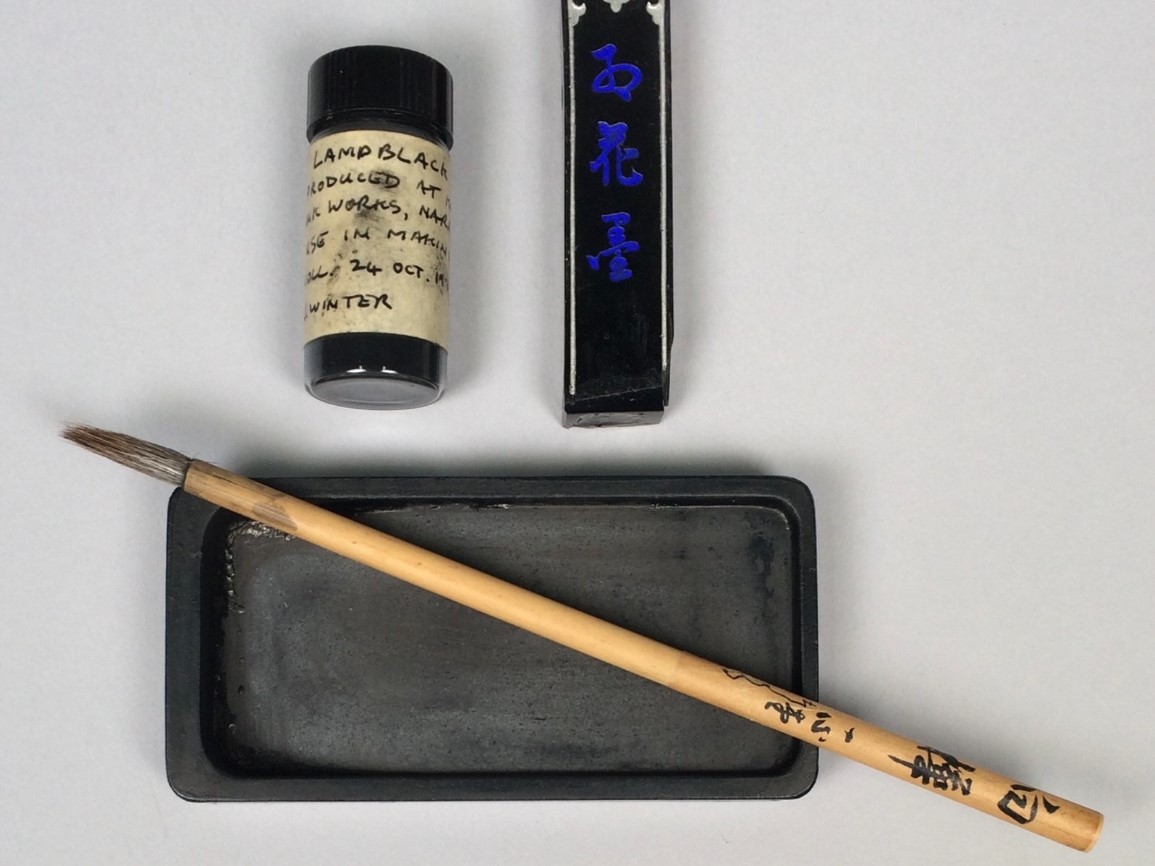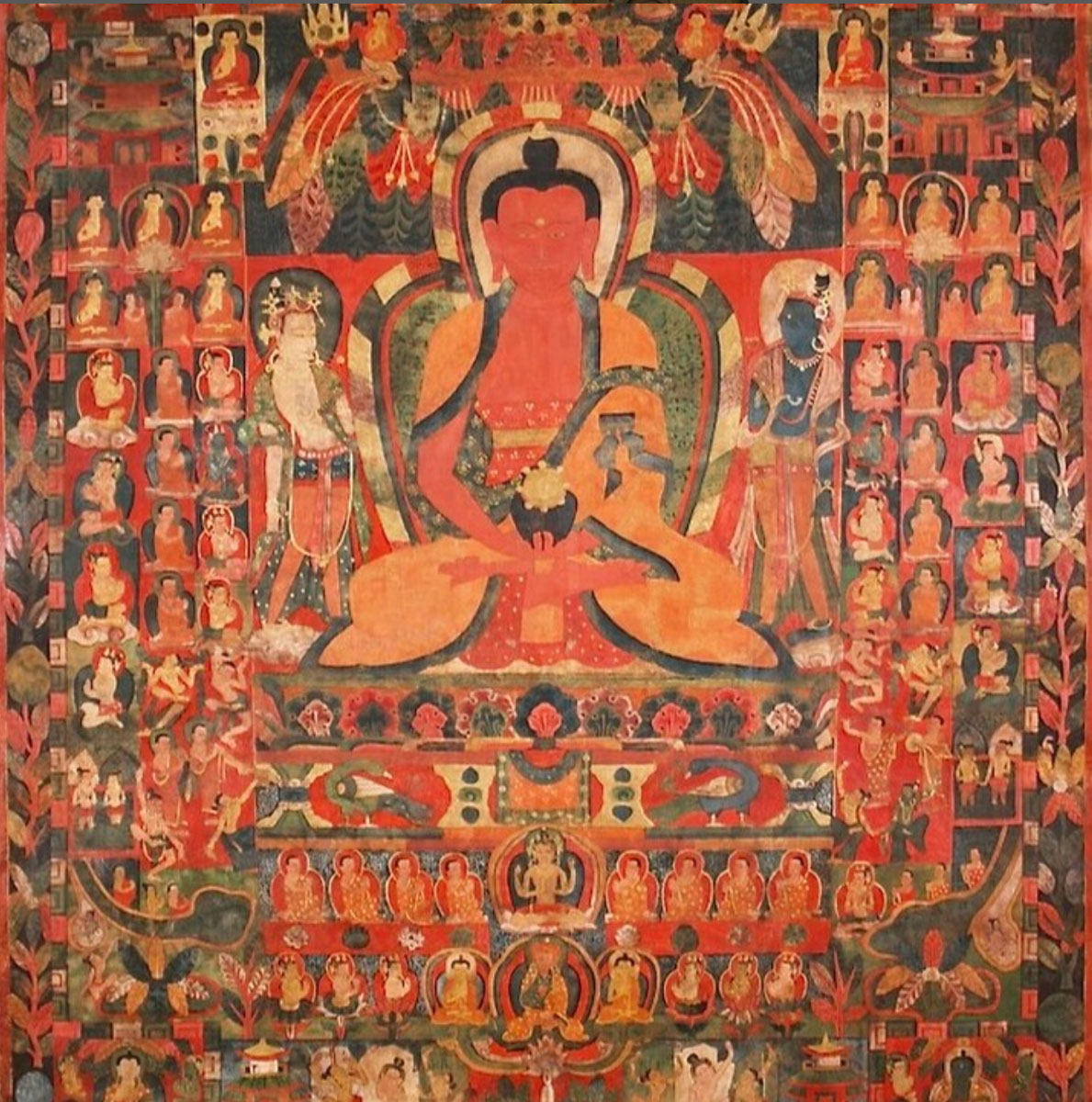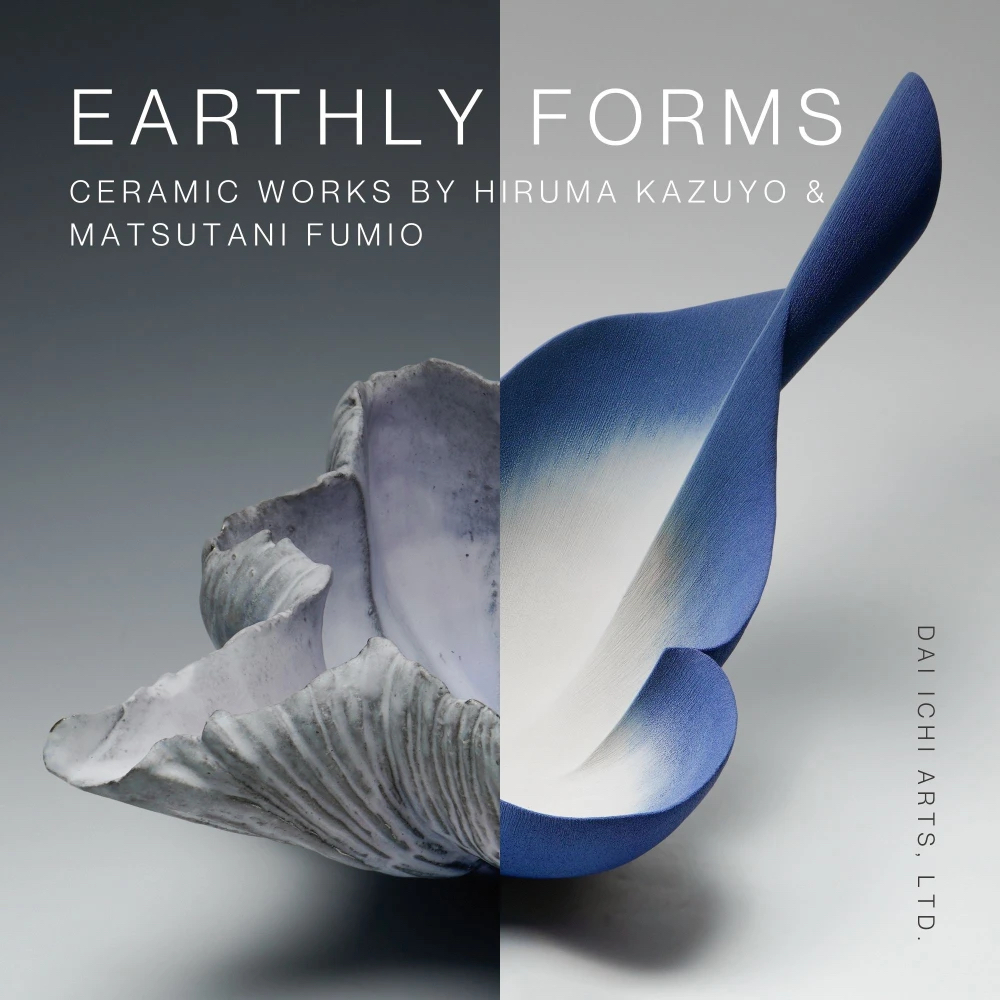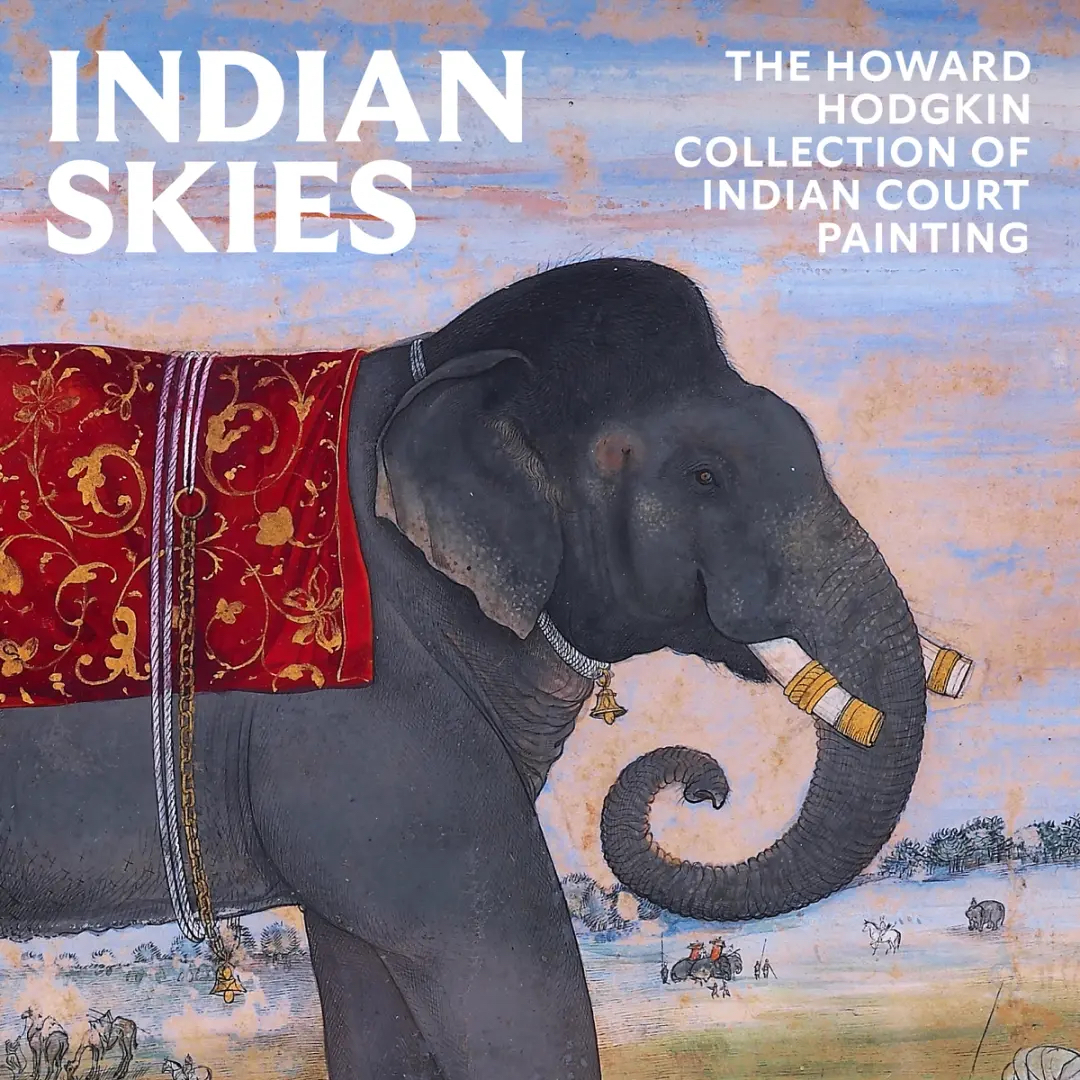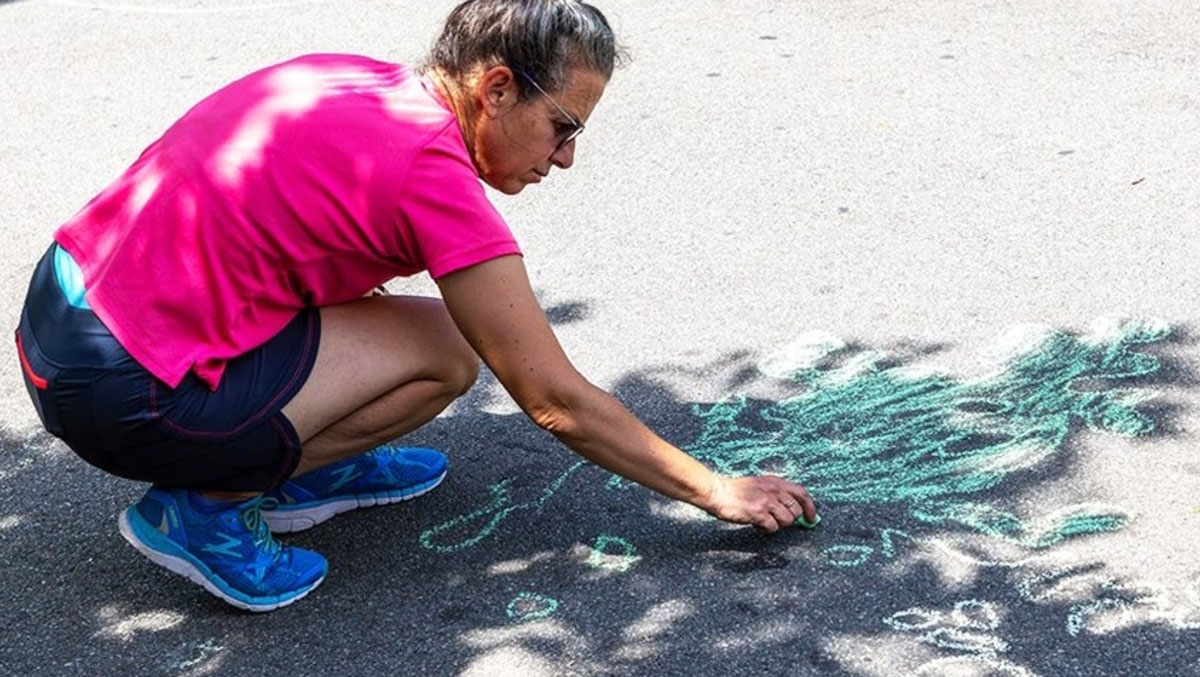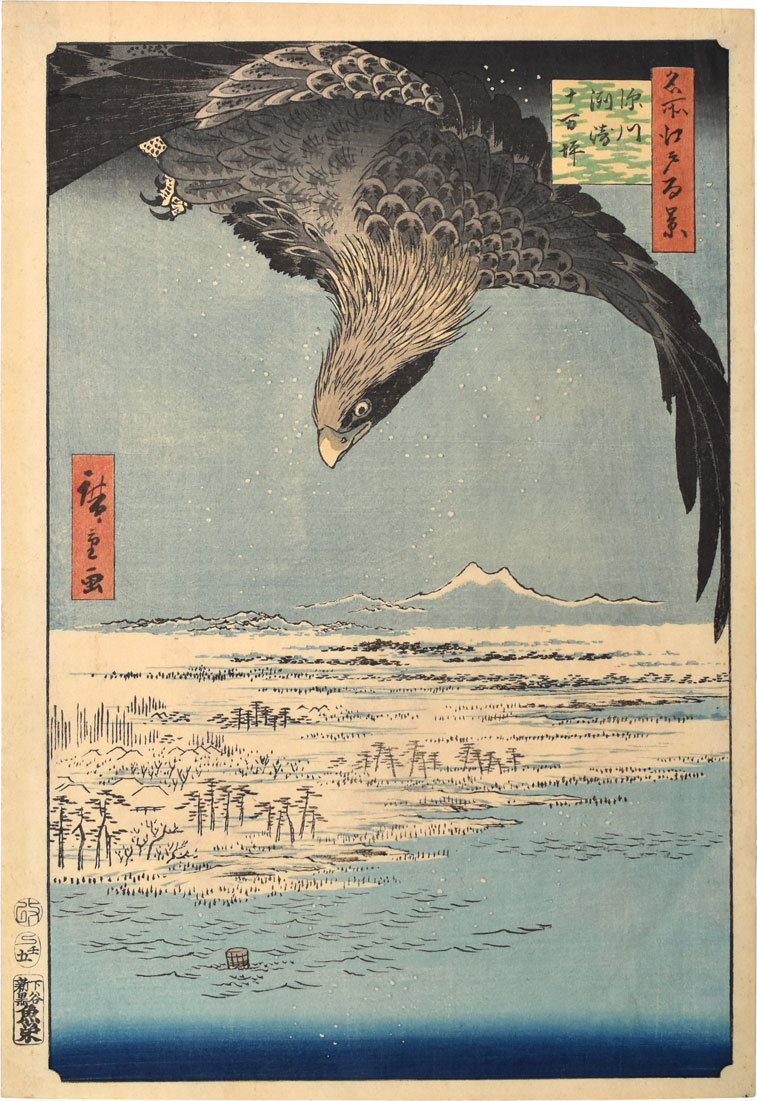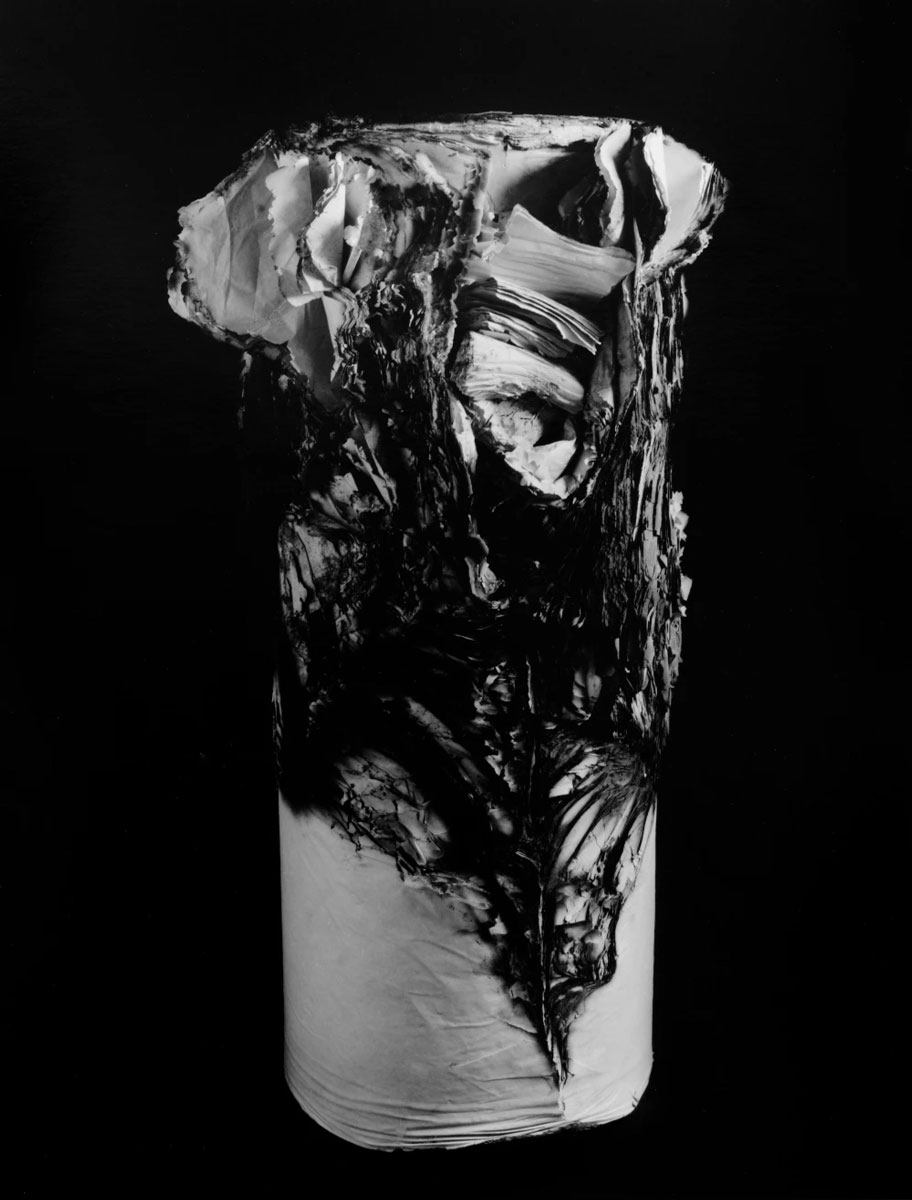An Elephant and Keeper, India, Mughal (detail), ca. 1650–60, opaque color and gold on paper; Howard Hodgkin Collection, Purchase, Florence and Herbert Irving Acquisitions, Harris Brisbane Dick, and 2020 Benefit Funds; Howard S. and Nancy Marks, Lila Acheson Wallace, and Friends of Islamic Art Gifts; Louis V. Bell, Harris Brisbane Dick, Fletcher, and Rogers Funds and Joseph Pulitzer Bequest; and funds from various donors, 2022 (2022.187); Courtesy The Metropolitan Museum of Art
Indian Skies: The Howard Hodgkin Collection of Indian Court Painting
Closing Sunday, June 9, 2024
The Met Fifth Avenue, Galleries 691–693
This is the last weekend to view the exhibition of remarkable Indian court painting from the former collection of British painter Howard Hodgkin.
Over the course of sixty years, Howard Hodgkin (British, London 1932–2017 London) formed a collection of Indian paintings and drawings that is recognized as one of the finest of its kind. A highly regarded painter and printmaker, Hodgkin collected works from the Mughal, Deccani, Rajput, and Pahari courts dating from the 16th to the 19th centuries that reflect his personal passion for Indian art. This exhibition presents over 120 of these works, many of which The Met recently acquired, alongside loans from The Howard Hodgkin Indian Collection Trust.
The works on view include stunning portraits, beautifully detailed text illustrations, studies of the natural world, and devotional subjects. The exhibition also includes a painting by Hodgkin, Small Indian Sky, which alludes to the subtle relationship between his own work, India, and his collection.
This exhibition is accompanied by an issue of The Metropolitan Museum of Art Bulletin.
To learn more, click here.
